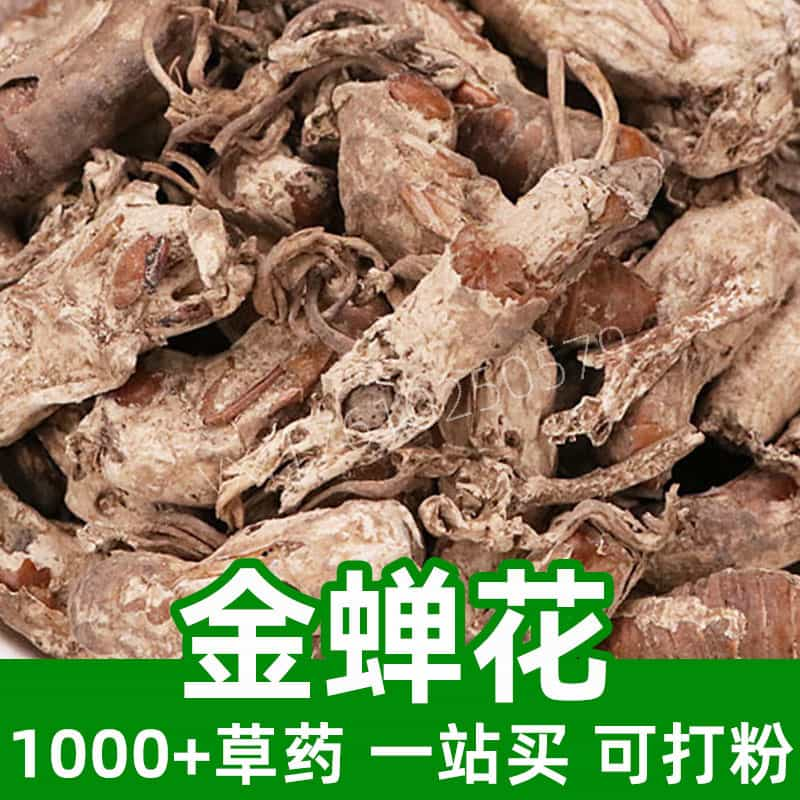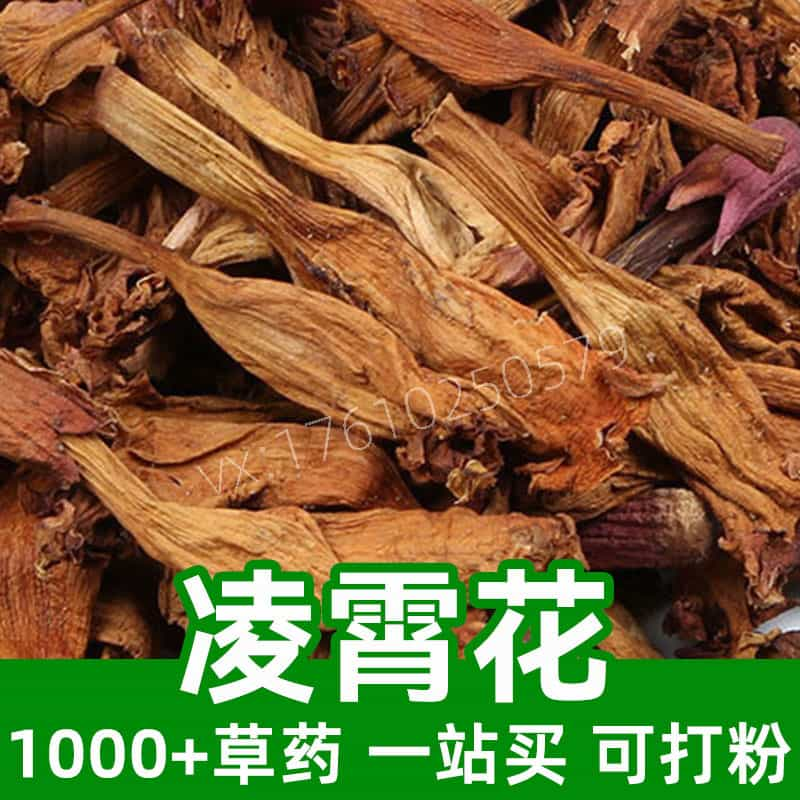Tuckhoe with pine Product Introduction
Tuckhoe with pine is a traditional Chinese medicinal herb, mainly composed of polysaccharides, triterpenoids, flavonoids, and proteins. It comes from the sclerotium of the Poria cocos fungus, which grows in forested areas of southern China, including provinces such as Hunan, Hubei, and Guangdong. Tuckhoe with pine has a broad range of uses in TCM, frequently used for harmonizing the spleen and stomach, calming the mind, promoting diuresis, and enhancing immunity. It is commonly used in treating conditions such as insomnia, neurasthenia, and edema, offering significant medicinal value and potential for future applications.
Tuckhoe with pine Main Active Ingredients
Tuckhoe with pine is a medicinal herb containing several active components, including polysaccharides, triterpenoids, flavonoids, and proteins. These components offer notable benefits in TCM.
- Polysaccharides: Tuckhoe with pine is rich in polysaccharides, which help enhance immunity, possess antioxidant and anti-inflammatory properties, and improve the body's resistance.
- Triterpenoids: It contains a variety of triterpenoids, which are known for their calming effects on the nervous system, promoting better sleep and helping to regulate nervous system function.
- Flavonoids: The flavonoids in Tuckhoe with pine provide antioxidant, anti-inflammatory, and antibacterial effects, contributing to improved resistance to diseases.
- Proteins: Tuckhoe with pine is high in protein, an essential nutrient for the body, providing energy, aiding in tissue repair, and supporting growth and development.
These active ingredients work synergistically, giving Tuckhoe with pine a variety of benefits such as harmonizing the spleen and stomach, calming the mind, promoting diuresis, and boosting immunity, making it widely used in TCM.
Tuckhoe with pine Applications and Dosage
As an important medicinal herb, Tuckhoe with pine is extensively used in both traditional Chinese medicine and the food industry. Below are its applications, methods of use, and recommended dosages in these two fields.
- Traditional Chinese Medicine Applications:
- Harmonizing the Spleen and Stomach: Tuckhoe with pine is used to strengthen the spleen and stomach, improve appetite, and aid digestion. It is commonly used for treating symptoms of spleen and stomach weakness, poor appetite, and indigestion.
- Calming the Mind and Nerves: Tuckhoe with pine has calming and sedative effects, useful in treating insomnia, anxiety, and nervous system disorders.
- Promoting Diuresis and Eliminating Dampness: Tuckhoe with pine has diuretic properties and is used to treat symptoms such as edema and frequent urination.
- Boosting Immunity: The polysaccharides in Tuckhoe with pine help boost the body's immunity, preventing colds and infections.
- Dosage and Usage:
- Decoction: Grind Tuckhoe with pine into powder or cut it into small pieces, then decoct it with water. The typical dosage is 6-12 grams per serving, and it can be adjusted according to the specific condition and doctor's instructions.
- Infusion: Soak Tuckhoe with pine in water, then boil for a while before drinking. It is recommended to take it 2-3 times a day, adjusting the amount based on individual needs.
- Food Industry Applications:
- Health Supplements: Tuckhoe with pine is processed into health supplements, such as tablets or tea, to improve immunity and regulate sleep.
- Flavoring: Tuckhoe with pine can be used as a flavoring ingredient in food, such as in soups or porridge, adding unique fragrance and medicinal value.
- Precautions:
- Use Tuckhoe with pine according to a doctor’s or TCM practitioner's guidance, and do not overuse it.
- Special populations, such as pregnant women, breastfeeding mothers, and children, should consult a doctor before using Tuckhoe with pine.
- When using in food processing, the amount should be controlled to avoid affecting the taste and quality of the food.
Tuckhoe with pine is a valuable medicinal herb with broad applications in both traditional Chinese medicine and the food industry, playing a crucial role in promoting human health.
Tuckhoe with pine Plant Introduction, Distribution, and Growth Environment
Tuckhoe with pine is an important medicinal material, mainly derived from the Poria cocos plant. Below is an introduction to the plant, its distribution, and growth environment.
- Plant Introduction:
- Scientific Name: Poria cocos
- Aliases: Fulai, Fupi, Dihuangpi, etc.
- Family: Poria
- Properties: Sweet, bland taste; mildly cold nature.
- Meridians: Spleen, Lung, Heart.
- Distribution:
- Poria cocos is primarily found in China, Japan, and Korea, with China being the main production area.
- In China, it is most commonly distributed in the Yangtze River Basin, the Yellow River Basin, and the southern regions.
- Growth Environment:
- Soil Requirements: Poria cocos thrives in loose, fertile, well-drained soils and can adapt to a range of pH levels.
- Climate Conditions: It prefers warm, moist climates, though it can grow in a variety of temperature ranges. It requires sufficient sunlight for optimal growth.
- Growth Environment: Poria cocos usually grows in mountainous areas, on slopes, forest edges, roadsides, and fields, often in association with pine, fir, cypress, and locust trees.
- Growing Season:
- Poria cocos primarily grows from spring to autumn, with the peak growth season in the summer. It germinates in spring, grows vigorously in summer, and matures in the autumn, ready for harvesting.
- Cultivation and Harvesting:
- Cultivation: Poria cocos can be cultivated artificially by planting suitable fungal spores or seedlings in optimal conditions to promote its growth.
- Harvesting: Typically harvested in autumn after the fungus has matured. The sclerotia are carefully dug up, cleaned, and dried for medicinal use.
As a valuable medicinal plant, Poria cocos plays an important role in traditional Chinese medicine, and its growth environment and cultivation methods are crucial for ensuring the quality of the medicinal material.
Tuckhoe with pine Harvesting, Processing, and Storage
The harvesting, processing, and storage of Tuckhoe with pine are key to maintaining its medicinal quality. Below are the steps involved:
- Harvesting:
- Harvest Time: Harvested in the autumn after the fungus has fully matured, ensuring the highest content of medicinal components.
- Harvest Method: Can be harvested manually or mechanically, ensuring minimal damage to the surface and internal structure of the sclerotia to preserve the herb's integrity and quality.
- Processing:
- Cleaning: After harvesting, Tuckhoe with pine is cleaned to remove soil and impurities.
- Cutting: It may be sliced or chunked according to needs, making it easier for drying and storage.
- Drying: The slices or chunks are air-dried in a well-ventilated environment to reduce moisture and preserve an appropriate level of humidity for storage.
- Storage:
- Dry Storage: Once dried, Tuckhoe with pine should be stored in a dry, well-ventilated area, avoiding direct sunlight to prevent moisture and mold.
- Moisture Prevention: To prevent mold, desiccants may be placed in storage containers to absorb excess moisture.
- Sealing: To prevent moisture and pests, Tuckhoe with pine should be stored in airtight containers, such as plastic bags or sealed jars.
- Storage Environment:
- Temperature: Store in a cool, dry place with good ventilation, avoiding high temperatures and direct sunlight.
- Humidity: The relative humidity in the storage environment should not be too high to prevent spoilage.
- Avoid Sunlight: Tuckhoe with pine should be stored in a shaded area to protect its medicinal properties.
Proper harvesting, processing, and storage methods ensure the quality, potency, and safety of Tuckhoe with pine, prolonging its shelf life and maintaining its medicinal benefits.
Monica Sun is a seasoned expert in the natural raw materials industry, with over a decade of experience specializing in traditional Chinese medicinal herbs, spices, and fungi. She is skilled in the sourcing, processing, and application of these materials, emphasizing sustainability and innovation. Monica Sun has contributed to the development of high-quality natural raw materials that serve as essential components in functional foods, pharmaceuticals, and cosmetics, delivering tailored solutions to meet diverse market needs.













